Articles on Wisconsin legal history
Legislators for sale: The railroad scandal of 1856
Written by Joseph A. Ranney, Attorney at Law
Ph: (608) 283-5612
In the mid-19th century, railroads transformed Wisconsin from a frontier wilderness to a state. In 1847 Wisconsin was connected only by a few waterways and dirt and wooden roads. That year the state's first railroad, the Milwaukee & Waukesha, began construction. It reached Waukesha in 1851, Madison in 1854 and its end point at Prairie du Chien in 1854.
By 1900 Wisconsin had more than 6,500 miles of track. Railroads cut travel time within the state from days to hours. They linked all parts of the state in an interdependent web and enabled Wisconsin to participate fully in the national economy.
Wisconsinites greeted railroads enthusiastically. But the railroads received a major setback in 1856 when a major scandal erupted in the Legislature.
Byron Kilbourn, who helped found Milwaukee, was also one of Wisconsin's major railroad promoters. In 1856 he persuaded Congress to grant over a million acres of land to Wisconsin—the equivalent of several counties—to finance two new railroads. But he still had to convince the state Legislature to give the land to his new railroad, the La Crosse & Milwaukee.
Kilbourn had powerful rivals who also wanted the land. When he was unable to persuade the Legislature that he was the most deserving, he tried another method of persuasion: bribery. With the help of assemblyman Moses Strong of Mineral Point, Kilbourn gave $50,000 of railroad bonds to Governor Coles Bashford, $10,000 to Justice Abram Smith of the Supreme Court and lesser amounts to legislators.
Kilbourn's scheme soon collapsed. In 1857 a severe depression prevented him from getting additional financing for his railroad. The same year one of Kilbourn's political enemies, Alexander Randall, was elected governor to replace Bashford. Randall refused to give the congressional lands to the La Crosse & Milwaukee, and in 1858 he persuaded the new Legislature to investigate the scandal.
The investigating committee was headed by James Knowlton of Janesville, another Kilbourn enemy who was deeply suspicious of the power and influence railroads had acquired in Wisconsin. Knowlton spared no one. He forced Moses Strong and officials who had received bribes to testify before his committee. When Strong and others refused to do so, they were thrown in jail for contempt until they changed their minds. They protested to the Supreme Court that the Legislature didn't have the power to do this, but the court replied that it did.
The investigation had few tangible results. Ethics laws standards for public officials were more lax then than now, so no criminal charges could be filed against ex-Governor Bashford and other recipients of bribes. But the committee's report spelled an end to their political careers. The Wisconsin scandal attracted national attention. Harper's magazine ran a cartoon showing a railroad president at a "political market" stall, inspecting tiny figures labeled "Wisconsin Legislature" tied up in bunches for sale and telling the seller: "I want a Governor very much indeed. Get me a Wisconsin one, if possible." The scandal made Wisconsin a laughingstock for a time. It also diminished the power and influence of the state Legislature, which did not recover for almost 20 years.
Note: The views expressed in this article are the author's alone. Distributed as a public service by the Wisconsin Supreme Court in honor of the state's sesquicentennial.

